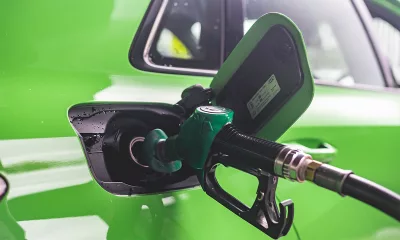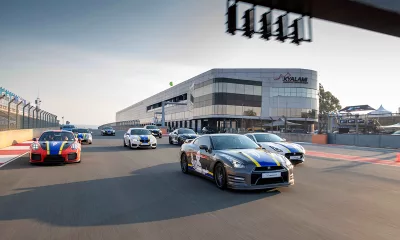
The automotive world is currently experiencing what could be described as the most challenging economic environment that it has ever faced. In 2008, it needed to contend with a debt crisis that not only saw a massive decline in consumer demand for new and used vehicles, but also the insolvency of financial institutions. And now, the risk of countries defaulting on their national debt is a real possibility. What can the local auto industry do to adapt for success in this environment? This was the question posed to delegates and speakers at the annual CAR conference that was held at the Johannesburg International Motor Show.
According to conference chair and former McCarthy chairperson, Brand Pretorius, this challenge will not go away and cannot be solved easily. Considering the level of sovereign debt (the debt of countries), the global economy is far from recovery and the possibility of a consumer-led economic upturn remains unlikely. “We need to accept the current environment as the norm. And we need to adapt to this,” said Pretorius. “Competition is going to become more intense and global consolidations will become increasingly prevalent as auto companies seek economies of scale, for both sales and manufacturing, in order to remain globally competitive.”
This topic was taken up by Tim Lee, the keynote speaker and GM’s president of international operations. Lee commented on the clear shift in power (both for the potential for sales and as a manufacturing base in the automotive world) from the developed nations (such as North America and Western Europe) to emerging markets.
“Emerging economies are currently driving growth in the market and, if you want to be a successful company, then you need to be successful in these countries,” said Lee. By his own admittance, GM is currently unsuccessful in some of these markets, but pointed to the immense potential of these countries, which includes South Africa. Currently, GM sells more A- and B-segment vehicles in emerging markets than it manages to sell in total in North America and Western Europe combined.
Clearly markets such as South Africa can no longer be ignored, but how will the industry adapt to these changes? How will it respond to future uncertainty and how can South Africa ensure that it becomes an integral player in the global automotive world.
Pretorius correctly highlighted the regulatory environment and the role of government that will be crucial in ensuring that South Africa becomes (and, remains) globally competitive. “The international sympathy that South Africa enjoyed after 1994, which saw many international companies preferring to invest in the country regardless of many crucial factors, is over,” said Pretorius. “Government, the industry and the labour market need to work together to create a more competitive auto industry.”
Nimrod Zalk, deputy director-general of the DTI, echoed these sentiments and, during his presentation pointed to numerous government initiatives, most notably the outgoing MIDP and the soon-to-be-implemented APDP, to stimulate investment in the auto industry.
“We need to support the local automotive and component manufacturing industries,” said Zalk. The local auto industry accounts for 12 per cent of all of South Africa’s exports and remains crucial for its role in creating employment as well as skills and knowledge transfer. Fortunately, government recognises this and, according to Zalk, the DTI is committed to ensure that the local auto industry becomes and remains an attractive proposition for foreign investment.
“What remains important is to allow our industry to benefit from economies of scale in production and stimulate investment,” said Zalk. GM’s Lee, who plays a significant role in deciding where GM base its production facilities outside of North America, agreed and highlighted challenges that the local industry faces, especially since South Africa will come under increasing pressure from other markets tendering for manufacturing contracts.
In order for South Africa’s auto industry to become globally competitive, it needs to establish a clear and stable base for investment and expansion. Manufacturing needs to be recognised for its role in the economy. The industry also needs to develop a high-volume, world-class supply chain, which will help reduce the input costs of local manufacturers. “We like to build where we sell and we like to buy where we build,” said Lee. GM plans to produce the next-generation Chevrolet Utility, Spark and Isuzu KB in South Africa.
“South Africa also needs to address its labour issues as the country now ranks as the least-productive market where GM manufactures its vehicles, most notably due to industrial actions” said Lee, “and costs are high.” This issue was taken up by David Powels, Naamsa president and MD of VWSA, who noted South Africa’s relatively high wage costs, inflationary pressure and the effect of industrial action on VW’s supply chain. VW currently produces 100 per cent of the world’s current-generation right-hand-drive Polo’s and recent industrial action meant that Japan was without supply of this vehicle for three weeks.
Other costs, such as utility costs (water and electricity) as well as port costs, are also crucial. Despite offering the most developed manufacturing infrastructure in sub-Saharan Africa, these costs remain a stumbling block to foreign direct investment.
“There is no reason for South Africa to not become a leader in the auto industry, but competition is tough. The country will not only have to compete against other developing markets. It is now competing against every market in the global auto industry,” concluded Lee.




